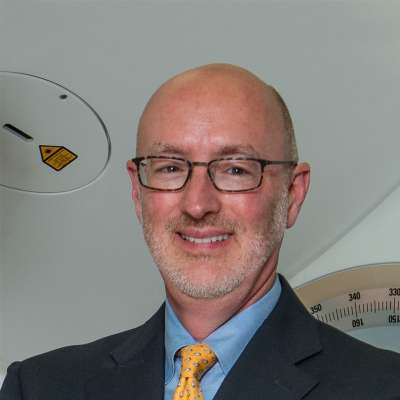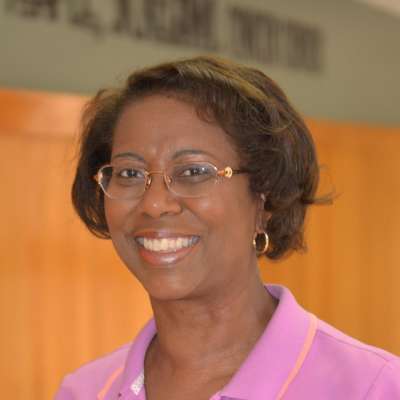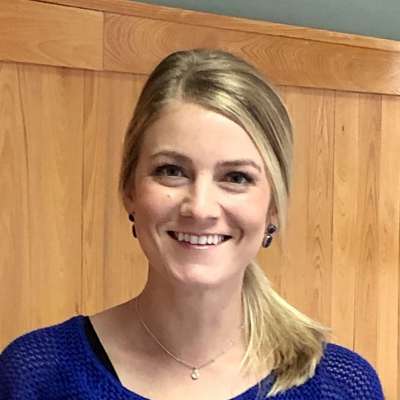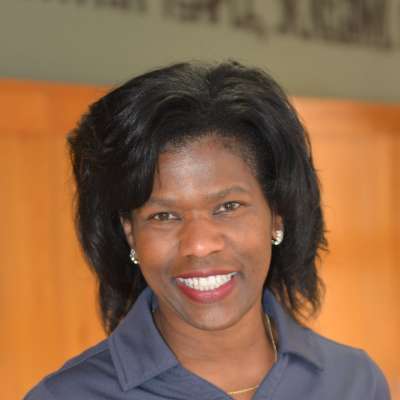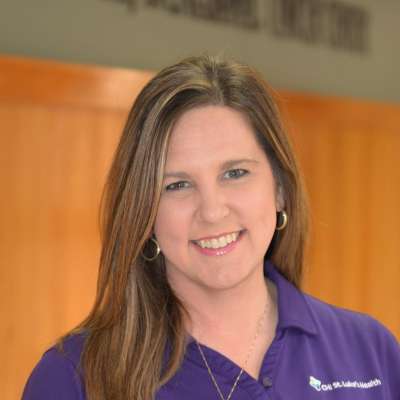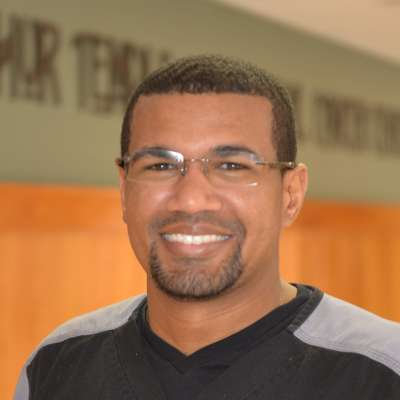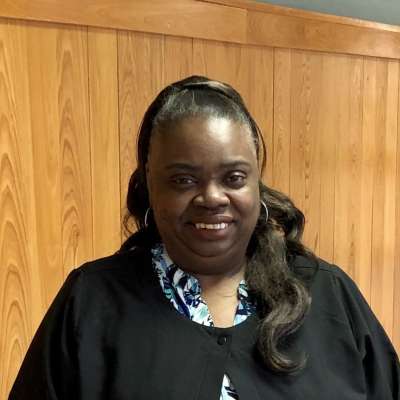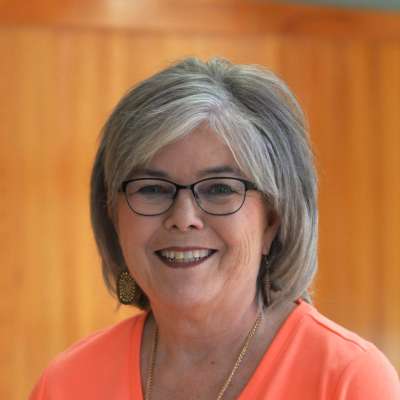My typical work day is scattered with patient visits. Some are new consultations for consideration of radiation treatment for cancer, other visits are patients under treatment currently, and many are follow-up patients who have completed radiation treatment, often many years or even decades ago. A closer look at patients coming in the near future shows a middle-aged person with rectal cancer, four prostate cancer patients ranging in age from 60s to 80s, patients with lung cancer and other gastrointestinal cancers, and several women with breast cancer. In other words, pretty representative of the types of cancer commonly seen – and often cured – today.
Though I do see patients with little or no chance of cure, a significant majority of my patients are treated for cure and are unlikely to die from cancer. When I started my practice over 30 years ago, half of my patients were considered incurable and were treated for comfort care purposes only (often pain control). Today, we cure seven out of ten patients diagnosed with cancer. This is a 33% decline in cancer mortality since 1991, the year I finished my residency.[1]
All that to say, there are a lot of cancer survivors out there. Eighteen million Americans, in fact.[2] But are they thriving? Truly living? Or “just” surviving?
When I started medical school (40 years ago!), the idea of survivorship was not given as much thought as it is today. It wasn’t ignored, mind you, but the focus of cancer treatment was on improving cure rates as well as decreasing the toxicity of treatment without sacrificing cure. Often that meant using combinations of therapy in order to make surgery less radical. Examples included breast conservation as opposed to mastectomy, preserving the voice box for throat cancer, avoiding amputations, and preserving bowel and bladder function as opposed to colostomy or bladder removal. But when we cure the majority of patients as we do today, we must focus on the side effects of treatment not only while going through treatment but long after treatment is done as well.
How are cancer patients moving beyond the mental and physical life interruption of a cancer diagnosis and treatment to living as fully as possible again?
It is a mistake to lump all cancers together, as each cancer site has its own issues. Some issues may be barely visible – a simple scar, for example – while others are much more complex. The 10-year survival rate of prostate cancer is 98%, but the mental and physical challenges dealing with potential incontinence or sexual dysfunction can be significant. We may cure nearly seven out of ten throat cancers, but long term side effects of dry mouth and altered taste (among others) or consequences of radical surgery or chemotherapy can be distressing on a daily basis. Most lung cancer patients start treatment with a baseline lung function at a fraction of normal due to decades of smoking, and treatment may make breathing worse. Unfortunately, we only cure about one in four lung cancers.[3] Thankfully, lung cancer incidence has been decreasing for many years now due to fewer people smoking.
Whether it is a colostomy, a change in breast appearance, altered eating habits, or chronic shortness of breath and fatigue, cancer survivors likely will need to adjust – to cope – with changes, both physical and mental, even if those changes are small.
I suspect physicians underestimate the mental challenge associated with a cancer diagnosis. It is easy for me to quote a very high cure rate for early prostate and breast cancer, for example. But simply hearing the word cancer invokes all sorts of fear and anxiety. Once treatment is done, patients understandably want to know if the cancer will ever come back. There is a level of uncertainty (that varies by cancer type) that patients need to learn to accept.
We all know some people are glass half full optimists and others glass half empty pessimists. Whichever personality type one is – and it is easier for some than others – getting beyond a cancer diagnosis is about learning to live again despite physical changes, despite uncertainty. I often encourage survivors to plan for the future while at the same time recognizing the blessings amidst the uncertainty that each day has to give. Now, that is a lesson for each of us to put into practice!
My wife has a home rowing machine and one of the trainers and his wife have shared online about her brain tumor diagnosis, treatment, and survivorship:
“Throughout this journey, Meg, Mike and their family have had moments of heartache and despair – but there’s been something more. These moments have also granted them an important perspective. It’s been a poignant reminder that everyone is struggling with something. We all face hardship and adversity in our lives; we all have hopes, dreams and aspirations and these challenges threaten to stand in the way of us living our best lives. But the way that we approach these hurdles, and how we tackle them in an effort to still live our best possible lives – that’s what makes us human, and it’s that humanity that connects us all.”[4]
They call it Our Common Thread and created an online forum[5] “for people everywhere to support and inspire one another by sharing personal goals despite the individual obstacles they may be facing.” I love this idea of recognizing the “common thread” of struggle and hardship that we all face, whether from a cancer diagnosis or other mental, spiritual, or physical trauma. Likewise, we have a common need to share and support one another through our pain and hardships.
Whatever your struggle, you don’t have to go it alone. As I have often written, it’s my love God, love my neighbor[6] mantra. Find your tribe. Love them through life’s challenges – through the uncertainty – and let them love you in return. It is time we all start transitioning – together – from surviving to living.
[1] https://www.cancer.org/content/dam/cancer-org/research/cancer-facts-and-statistics/annual-cancer-facts-and-figures/2023/2023-cancer-facts-and-figures.pdf
[2] https://www.cancer.org/content/dam/cancer-org/research/cancer-facts-and-statistics/annual-cancer-facts-and-figures/2023/2023-cancer-facts-and-figures.pdf
[3] https://www.cancer.org/cancer/lung-cancer/detection-diagnosis-staging/survival-rates.html
[4] https://hydrow.com/blog/our-common-thread-mikes-story/
[5] https://www.ourcommonthread.org/
[6] https://www.biblegateway.com/passage/?search=Mark%2012%3A30-31&version=NIV


